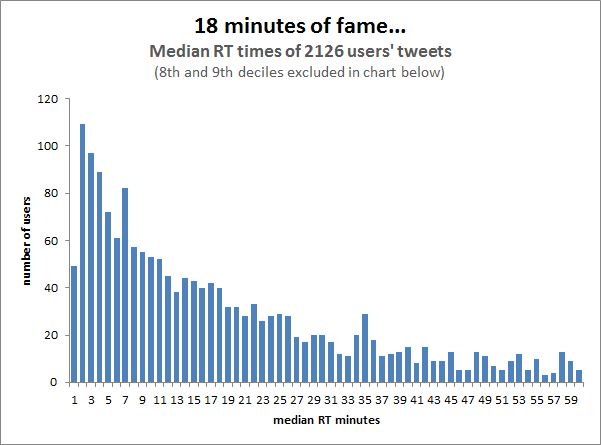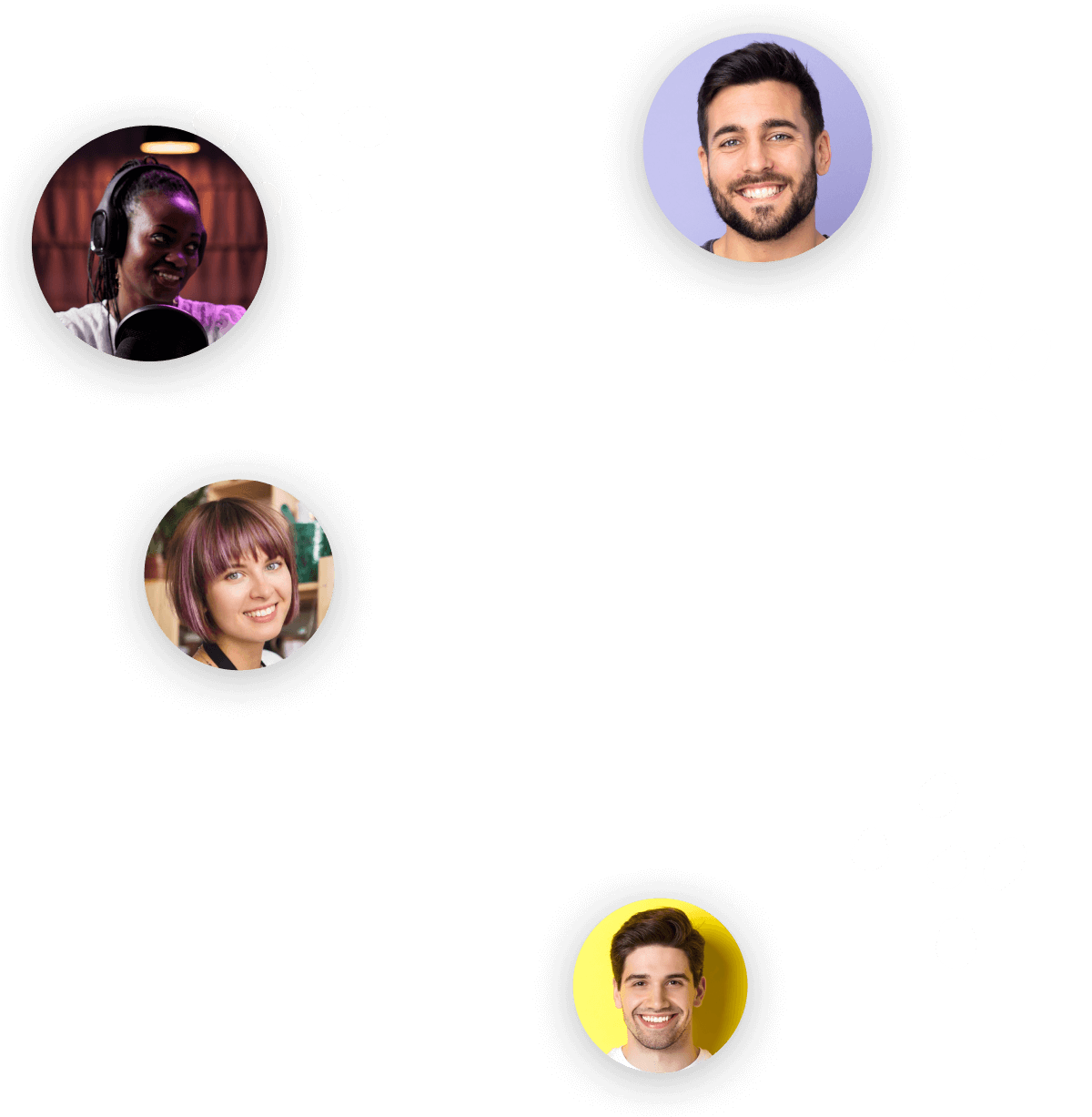7 Ways To Get More Traffic To Your blog

David Frosdick
Last Updated: February 1, 2023
Discover the 7 ways to get more traffic to your blog and increase exposure and get more fans...

Not all traffic is created equal.
As a blogger, you want more than just higher page view counts and more visitors to frequent your blog (although that’s wonderful too!). You also want to attract the right people to read your blog.
How do you go about finding the right people? It starts with optimizing the content you’ve already published to garner more traffic.
All of the tactics we’ll cover here can be done in a few minutes or less! The small amount of time you invest now will help you scale your blog content and reach new audiences. Also be sure to read our post about unusual traffic sources.

Publish Blog Posts More Consistently
It’s not just a matter of publishing more blog content but more consistent blog content. If you publish daily blog posts one week and the next week goes silent, your audience may scratch their head in confusion.
If you say you post every Monday, readers start to expect that you’ll always have new content on that day. If weeks go by without new content, they may quit visiting your blog because you’ve disappeared.
If your publishing schedule becomes hard to keep up with, consider adjusting how often you produce content or build an archive of already drafted content to pull from when you’re in a pinch.
Above all, make sure how often you post doesn’t sacrifice the quality of what you’re producing. It’s better to have one solid, informational post every week than three “meh” posts that don’t make an impact.
This applies to everything in marketing. Be consistent and you will see results.

Write Better Blog Post Headlines
This tip is probably an obvious one but it bears repeating. The headline of your blog post is often the first thing a reader sees before clicking a link. It’s important to spend just as much time crafting a good headline as you do writing the content inside.
You may have seen the increasing trend of numbers being used at the beginning of blog titles. Why do so many bloggers do this? Because it works.
Studies show that readers don’t always read the full blog title before deciding if the post is worth reading. Instead, they skim for the most important information and make a quick decision. To click or not to click…
Numbers are easier to read than words in titles, but small odd numbers are best because they’re easily digestible. Attention spans are short so naming your blog post 7 Tips to Meal Prep is better than 46 Tips to Meal Prep.
If you need some assistance with creating engaging headlines, CoSchedule has a headline analyzer.

Simply type in your headline and it gives you a score with suggestions.

Optimize Your Blog Posts For SEO
If you’ve been confused about what exactly influences search engine optimization (SEO), don’t worry; you’re not alone. SEO best practices are constantly changing so it’s important to start with the basics before trying to tackle any advanced strategies.
Here’s the first rule of thumb: write for humans. That seems counter-intuitive, right? Even though Google has a number of bots that scan through your website, the bots are looking for websites with great user experiences and high-quality content. What your audience likes is what Google likes.
Now that we know we don’t have to learn a completely new style of writing (thankfully!), it’s time to sprinkle a little keyword magic into your blog posts.
“Keywords” are specific words and phrases that are frequently searched by your ideal clients or buyers. Including them in your blog posts, titles, URL and descriptions mean you’ll be able to increase your ranking for those keywords, introducing you to your ideal client on the search engine results page (SERP). See this infographic for more help with on-page SEO.

It does take time and there's a lot more involved with SEO but try to use keywords in your writing.
You can find relevant keywords based on doing research through Google’s Keyword Planner tool or searching on Google yourself. Answer the Public is also a great site for understanding what people are searching for in relation to your keywords. It could even give you the title of your next blog post!

Promote Your Blog Posts On Social Media More Than Once
You already know that tweeting or posting your blog articles on social media is a smart way to increase your traffic, but don’t promote it only once. The lifespan of a tweet in 2012 according to Moz was 18 minutes. My guess is that figure is way less now with more people and multiple platforms.

Just because a blog post is a few weeks or months (or even years) old doesn’t mean it isn’t helpful anymore. When you’re creating evergreen content (which is content that’s timely all year round), its main benefit is that it stays relevant regardless of its publish date.
Most of your social media followers aren’t reading every single post you publish, so promoting articles multiple times increases your reach.
You can also repurpose small excerpts from the article to create multiple posts out of the same blog post.

Include Links In Your Blog Posts
One of the most common things beginning bloggers forget to add to their blog posts are links to their past content. Why is this practice of internal linking so important?
Not only does internal linking help with your website navigation, it also distributes your page authority throughout your website. You get the biggest bang for your buck, so to speak, when you have a collection of strong blog articles all pointing to one another.
It also increases your domain authority (referring to the strength of your domain) which in turn helps with your SEO. See how everything comes together?
Any time you reference a topic in a new blog post that you’ve already covered on the blog, add a hyperlink that redirects visitors to your previous blog post. This is a quick and smart way to increase your traffic and SEO and get more eyes on those other articles increasing a chance something might get shared (more traffic).
Not only should you internally link your blog posts, but you should also include external links. The more often you post links from other sources, the more likely other bloggers will post your blog post links on their website.
A little bit of “give some, get some” helps everyone involved. Just make sure the websites you’re linking to are legit and not spammy.

Add High-Quality Imagery, Graphics & Video
Written content alone can only do so much. Spice up your blog with creative imagery and attention-grabbing visual aids. Our brains process visuals much faster than text, so telling your story through images is key.
- Here are just a few ways you can add show-stopping imagery to your blog posts:
- Play around in Canva and make blog post image templates.
- Add pin-worthy quote graphics throughout your blog post.
- Create a slideshow using Slideshare to showcase multiple images at a time.
- Create a thought-provoking infographic, which is also great for sharing on Pinterest.
- Embed a Facebook Live or Periscope live-stream into your blog post.
- Invest in brand photography to show off your product or service.
Top Tip: Give you images file names relevant to the target keyword of the blog post. You may be surprised that it pops up in Google image search sending you a little more traffic!

Guest Post On An Influencer’s Blog
This is one of the greatest ways to tap into a new audience, especially if they’re a well-known influencer in a related field. The time you put into crafting a high-quality blog post for their blog could pay off big time if they’re willing to link to your blog.
That said this is one of the hardest ways to get traffic but the effort does pay off. A search on Google will bring up hundreds of list type blog post where you find opportunities to guest blog. The hardest part is going through them all and waiting patiently for a response.
If you want to guest post for an influencer’s blog, here’s a few things to keep in mind:
- Tell them what YOU will do for THEM. Try to make the guest posting process as simple as possible. Send them ideas for the blog post, create a helpful blog post outline, meet their deadlines early, and reassure them of the unique perspective you can add to the post.
- Make a connection with them first, if possible. They receive so many pitches day in and day out. When you take the time to get to know them on social media or in-person at a networking event, it shows you care and want to give them more value.
- Write to THEIR audience, not yours. When you’re guest posting, you want to write a blog post that easily fits in with the rest of their content. When you pitch article ideas that blend both of your niches or areas of expertise, it shows you put extra thought into what might work for both of you.
When an influencer puts your name in the byline, they might even allow you to add your website link or specifically mention a freebie you offer.
This helps you not only get more traffic but possibly convert the new visitor into a subscriber.
Score!
Want to convert more leads & sales?
OptimizeUniversity gives you the latest marketing training courses, strategies & tactics to grow your business fast.




3 replies to "7 Ways to Get More Traffic to Your Blog"
Love this content .
I’m always looking forward to the Optimizepress blog posts, because since I started to put my tips into practice, my traffic has improved in a spectacular way.
I am very grateful for the attention given and I am happy to be part of this team.Kkkkkk …
My intention, but I consider myself as a blog partner
Thank you Rogerio. Great to hear you seeing results! Thanks for sharing that with us.